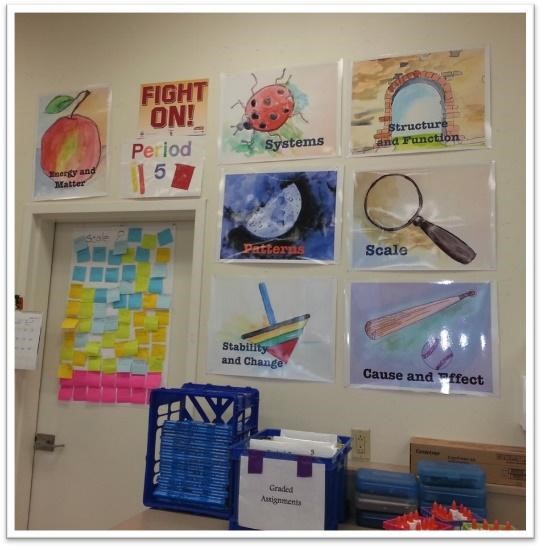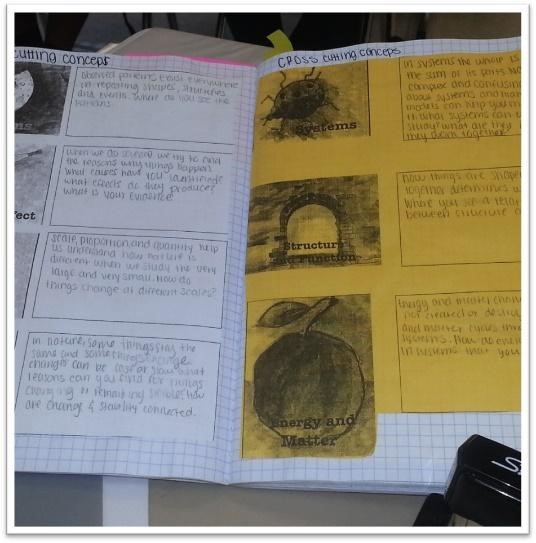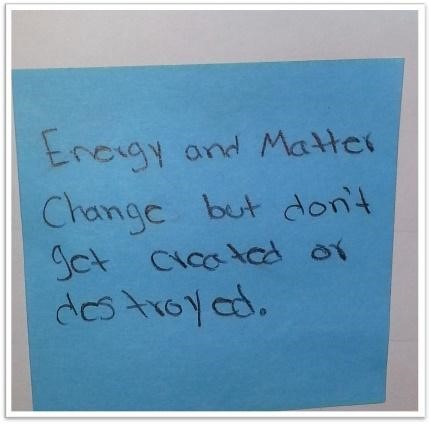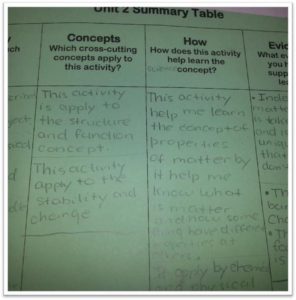Introducing Middle School Students to the Crosscutting Concepts
The crosscutting concepts are one of the three pillars upon which the Next Generation Science Standards (NGSS) are built. The other two are the Science and Engineering Practices and the Disciplinary Core Ideas. The crosscutting concepts can be applied to all domains of science and are therefore are a way of linking the different subjects of science. The seven crosscutting concepts are patterns; cause and effect; scale, proportion, and quantity; systems and system models; energy and matter; structure and function; and stability and change. The crosscutting concepts can also be used to introduce middle school students to the Next Generation Science Standards.
I have developed a series of lessons on the crosscutting concepts that I present to my middle school students at the beginning of the school year. To begin, each student receives a handout of the crosscutting concepts icons developed by Pete A’Hearn to be glued into their science notebooks as a reference tool. I also have a set of classroom posters of the icons on display. The students complete one or two crosscutting concepts’ activities per week for the first several weeks of school.


Students will develop their own definitions of the selected crosscutting concept using a modified version of the Frayer Model of vocabulary after each activity is completed. According to the Teacher Toolkit, the Frayer Model is a “is a graphic organizer for building student vocabulary. This technique requires students to define target vocabulary and apply their knowledge by generating examples and non-examples, giving characteristics, and/or drawing a picture to illustrate the meaning of the word.” The crosscutting concept Frayer Model will consist of a student-generated definition, an illustration, and examples/non-examples.



After the students participate in the activity, they work in pairs to create their definitions, which they write down on a Post-It note. Each pair then shares their definition fand places it on a poster (each class uses a different colored Post-It note).
The students also fill out a Summary Table in their science notebooks. The table has three headings:
- Activity – describe each activity;
- Concepts – explain which crosscutting concept applies to the activity; and
- How – explain how the activity helps to understand the crosscutting concept with evidence.
By the end of the activities, each student has a functional definition of the concepts as a reference tool in their science notebook, as well as experience working with them.

Over the past several years, the crosscutting concepts activities have given my middle school students a valuable foundation upon which to build the Next Generation Science Standards.
Resources:
- https://crosscutsymbols.weebly.com/
- http://www.theteachertoolkit.com/index.php/tool/frayer-model
- http://www.nextgenscience.org/next-generation-science-standards






